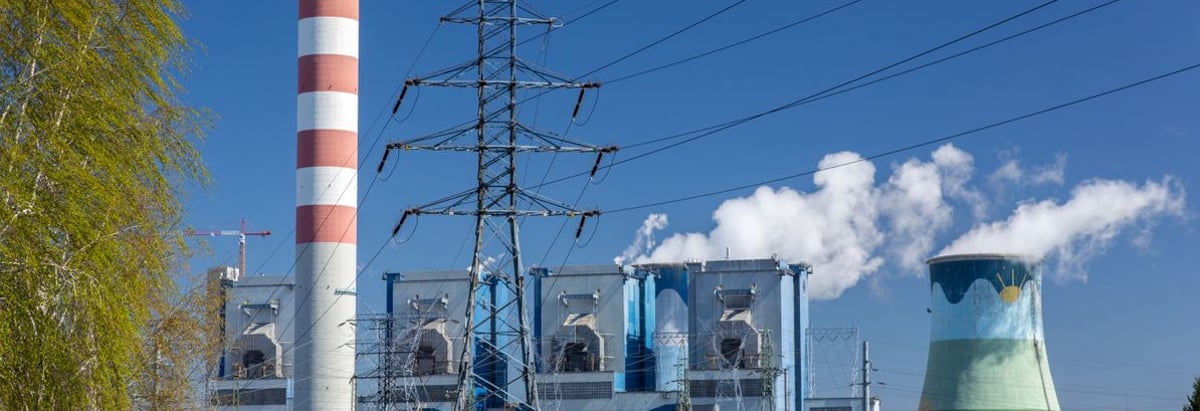- United States
- /
- Renewable Energy
- /
- NYSE:AES
Investors Met With Slowing Returns on Capital At AES (NYSE:AES)

If we want to find a stock that could multiply over the long term, what are the underlying trends we should look for? Firstly, we'd want to identify a growing return on capital employed (ROCE) and then alongside that, an ever-increasing base of capital employed. If you see this, it typically means it's a company with a great business model and plenty of profitable reinvestment opportunities. Having said that, from a first glance at AES (NYSE:AES) we aren't jumping out of our chairs at how returns are trending, but let's have a deeper look.
Return On Capital Employed (ROCE): What Is It?
Just to clarify if you're unsure, ROCE is a metric for evaluating how much pre-tax income (in percentage terms) a company earns on the capital invested in its business. Analysts use this formula to calculate it for AES:
Return on Capital Employed = Earnings Before Interest and Tax (EBIT) ÷ (Total Assets - Current Liabilities)
0.061 = US$2.3b ÷ (US$48b - US$9.8b) (Based on the trailing twelve months to June 2024).
Thus, AES has an ROCE of 6.1%. In absolute terms, that's a low return, but it's much better than the Renewable Energy industry average of 4.2%.
Check out our latest analysis for AES

Above you can see how the current ROCE for AES compares to its prior returns on capital, but there's only so much you can tell from the past. If you'd like, you can check out the forecasts from the analysts covering AES for free.
What Does the ROCE Trend For AES Tell Us?
In terms of AES' historical ROCE trend, it doesn't exactly demand attention. The company has employed 30% more capital in the last five years, and the returns on that capital have remained stable at 6.1%. Given the company has increased the amount of capital employed, it appears the investments that have been made simply don't provide a high return on capital.
What We Can Learn From AES' ROCE
In summary, AES has simply been reinvesting capital and generating the same low rate of return as before. And with the stock having returned a mere 38% in the last five years to shareholders, you could argue that they're aware of these lackluster trends. As a result, if you're hunting for a multi-bagger, we think you'd have more luck elsewhere.
One more thing: We've identified 4 warning signs with AES (at least 1 which makes us a bit uncomfortable) , and understanding them would certainly be useful.
While AES isn't earning the highest return, check out this free list of companies that are earning high returns on equity with solid balance sheets.
New: Manage All Your Stock Portfolios in One Place
We've created the ultimate portfolio companion for stock investors, and it's free.
• Connect an unlimited number of Portfolios and see your total in one currency
• Be alerted to new Warning Signs or Risks via email or mobile
• Track the Fair Value of your stocks
Have feedback on this article? Concerned about the content? Get in touch with us directly. Alternatively, email editorial-team (at) simplywallst.com.
This article by Simply Wall St is general in nature. We provide commentary based on historical data and analyst forecasts only using an unbiased methodology and our articles are not intended to be financial advice. It does not constitute a recommendation to buy or sell any stock, and does not take account of your objectives, or your financial situation. We aim to bring you long-term focused analysis driven by fundamental data. Note that our analysis may not factor in the latest price-sensitive company announcements or qualitative material. Simply Wall St has no position in any stocks mentioned.
About NYSE:AES
AES
Operates as a power generation and utility company in the United States and internationally.
Undervalued with solid track record and pays a dividend.
Similar Companies
Market Insights
Community Narratives



